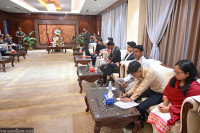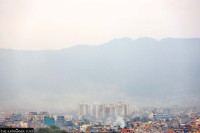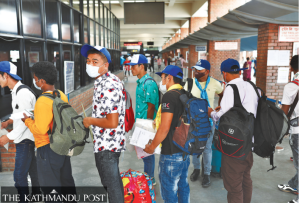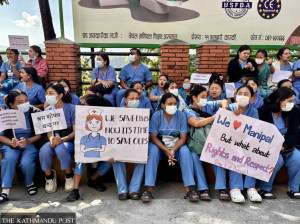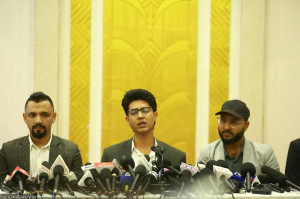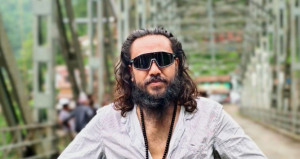Editorial
Just look around
Nepal has lots of fascinating stories waiting to be told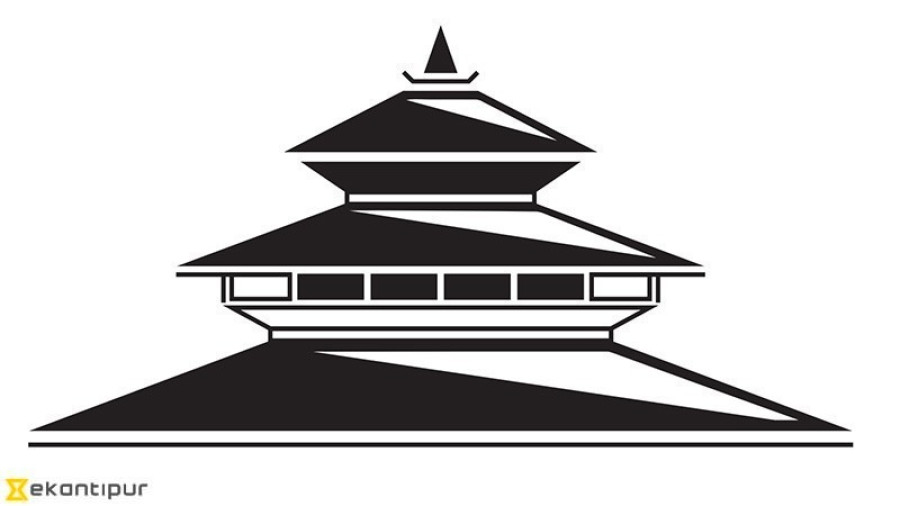
The 14th iteration of the five-day-long Kathmandu International Mountain Film Festival (Kimff) concluded on Monday. The event, which screened over 80 films including documentaries, fiction, short films and animations from 26 countries, drew a sizeable crowd of domestic and foreign movie-lovers.
The fest kicked off with the premiere of the Deepak Rauniyar-directorial Seto Surya (White Sun), an arresting depiction of a story of a family and a community trying to reconcile the socio-political shifts in a post-conflict Nepal. The movie had premiered at the Venice International Film Festival and travelled to more than a dozen film fests around the world earlier this year. It also bagged the 6th INTERFILM Award of the 73rd Venice Film Festival. It is a welcome addition to the list of a few recent Nepali movies that have earned decent profits as well as critical national and international acclaim.
Festivals like Kimff should be supported and promoted. They offer a valuable platform for budding and established film-makers to showcase their creative savvy. They also provide an opportunity for movie buffs to watch a diverse range of films under one roof in a short span. Moreover, they let scholars, students and the general public alike get a taste of various facets of complex socio-political and ecological issues facing Nepali and other communities.
For example, Urmila: My Memory Is My Power, the documentary that won the first prize in the International Competition category, portrays a poignant tale of a former Kamlari who struggles to balance her ambition of becoming a lawyer and her activism for the rights of indentured girl labourers. Government statistics show that 12,700 Kamlaris have been rescued so far, but about 300 are still indentured.
Kimff chairperson Basanta Thapa expressed satisfaction with the success of the festival, claiming that it received more submissions than previous years and that the quality of the films was also better. He rightly took pride in the fact that the festival, to some extent, provided an alternative to ‘mainstream’ movies.
Unfortunately, films like Seto Surya are still an exception in Nepal. A majority of Nepali movies still have a clichéd storyline and rely on unimaginative imitation of Bollywood films. This is so even though there are many stories here— historical as well as contemporary—waiting to be told, if only film-makers read, travelled and listened patiently and curiously to people from different walks of life. The country wants more storytellers with the urge to explore its complexities and present them in a gripping manner.




 17.12°C Kathmandu
17.12°C Kathmandu